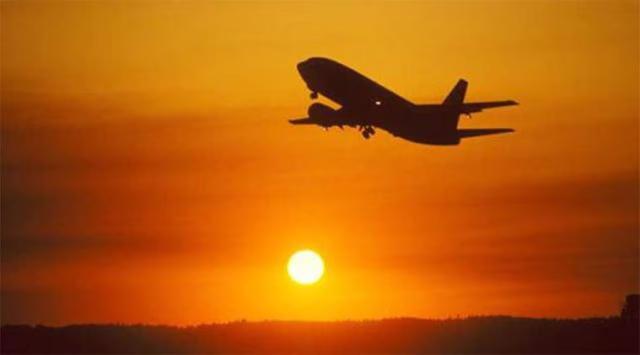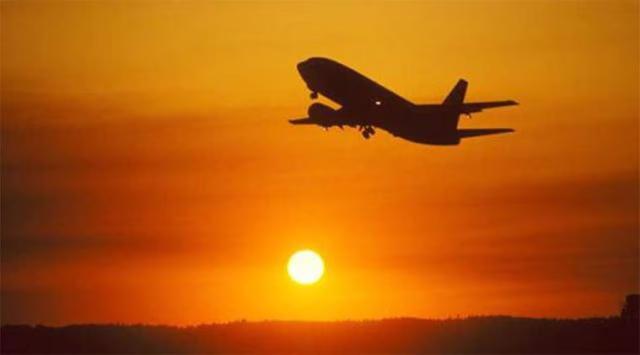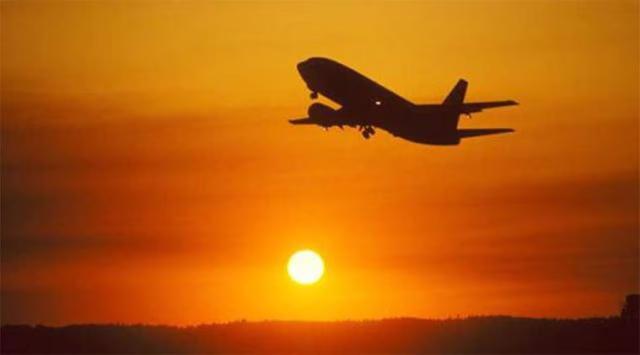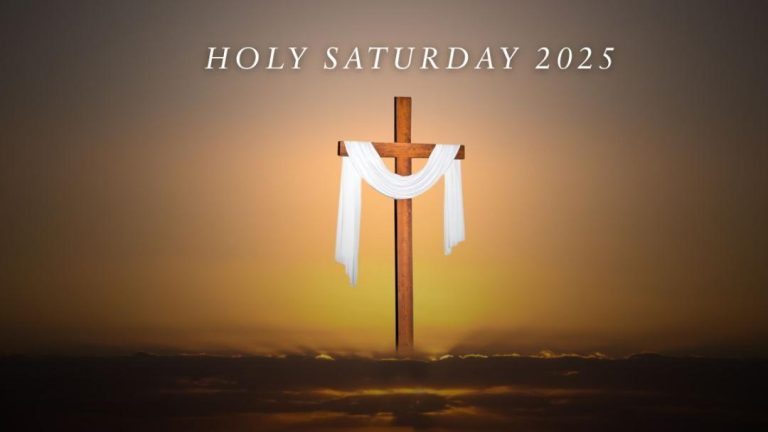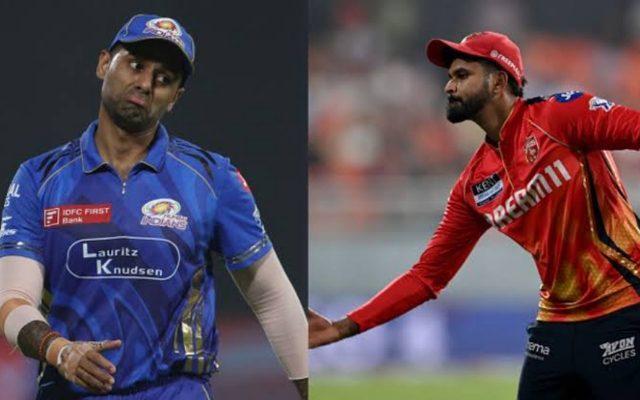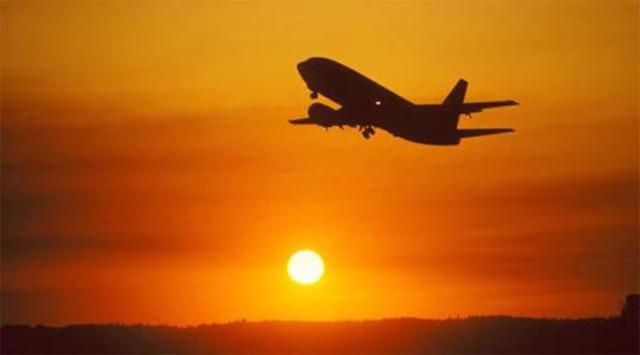
Class 12 Physics & Math Requirement for Becoming Commercial Pilot Might be Scrapped: Report
In a move that could open up new opportunities for students from various streams, the Directorate General of Civil Aviation (DGCA) is planning to scrap the current rule that requires students to have studied Physics and Math in Class 12 to be eligible for commercial pilot licence training. This means that arts and commerce students may soon be able to pursue their dreams of becoming commercial pilots without having to worry about the Physics and Math requirements.
According to a report by Times of India, the DGCA is considering relaxing the eligibility criteria for commercial pilot training. This change would allow students from any stream to pursue a career as a commercial pilot, provided they meet the minimum age and medical fitness requirements.
The current rule, which has been in place since the mid-1990s, restricts commercial pilot training to students who have studied Physics, Chemistry, and Math (PCM) in Class 12. However, the DGCA is now considering scrapping this rule, citing a shortage of pilots in the industry.
The decision to relax the eligibility criteria is seen as a welcome move by many in the aviation industry. “The shortage of pilots is a major concern for the industry, and we need to find ways to attract more students to pursue a career in aviation,” said an aviation expert. “By allowing students from other streams to pursue a career as a commercial pilot, we can tap into a wider talent pool and address the shortage.”
The change is also seen as a positive step for women and students from underrepresented communities who may not have had the opportunity to pursue a career in aviation due to the current eligibility criteria. “This change will open up new opportunities for women and students from underrepresented communities to pursue a career in aviation,” said a student who is interested in pursuing a career as a commercial pilot.
However, not everyone is in favor of relaxing the eligibility criteria. Some experts argue that the current rule is in place for a reason, and that it is necessary to ensure that students have a solid understanding of Physics and Math before pursuing a career as a commercial pilot.
“While it is true that Physics and Math are important subjects, they are not the only ones that are relevant to a career in aviation,” said a student who is currently pursuing a degree in Physics. “I think that the current rule is too restrictive, and that we should be focusing on finding ways to make aviation more accessible to students from all streams.”
Despite the controversy surrounding the proposed change, it is clear that the DGCA is committed to finding a solution to the pilot shortage. “We are exploring all options to address the shortage of pilots, and we will make a decision that is in the best interest of the industry,” said a DGCA official.
In conclusion, the proposed change to the eligibility criteria for commercial pilot training is a significant development in the aviation industry. While there are pros and cons to the change, it is clear that it has the potential to open up new opportunities for students from various streams to pursue a career as a commercial pilot. As the DGCA continues to explore ways to address the pilot shortage, it will be interesting to see how this development plays out.
